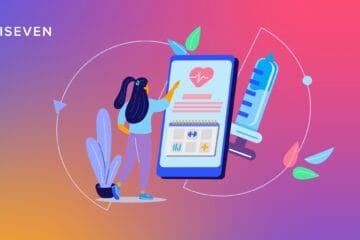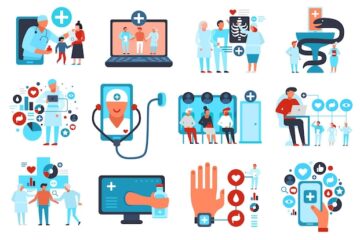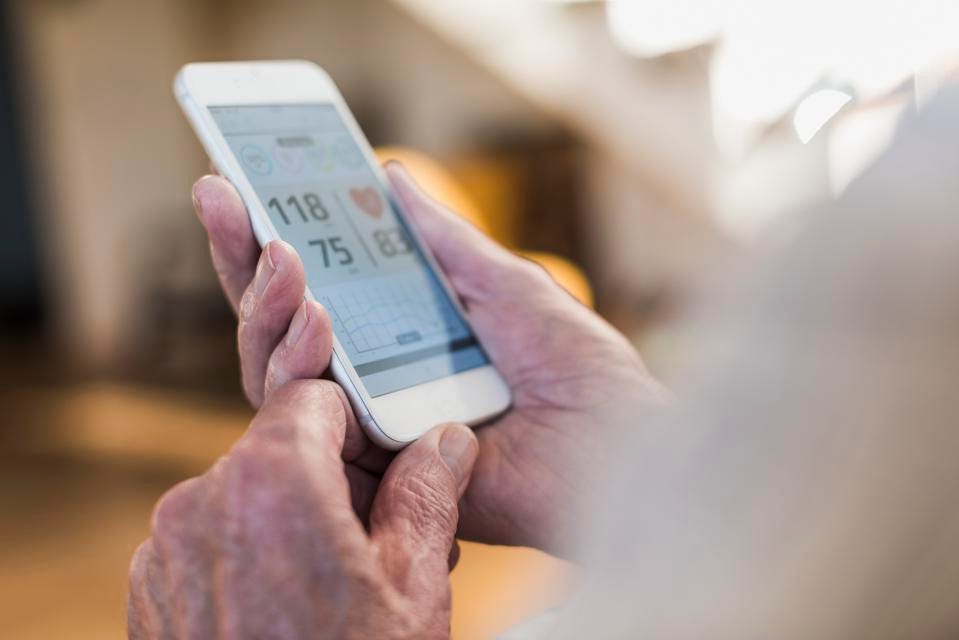Every morning, my iPhone reminds me to log in my food choices for the day, courtesy of a weight-loss app.
The messages are pretty innocuous: “Don’t let hump day get you down! Log in now!” “Eat your veggies!” And depending on my mood, I see them as encouraging or annoying.
But the real stumper is whether or not they change my behavior, a question also posed by researchers who are trying to harness cellphone technology to improve diabetes care.
“With 92 percent of the population in the U.S. carrying cellphones, the technology is ubiquitous,” said Janice Miller, a diabetes educator and assistant professor at the College of Nursing at Thomas Jefferson University. “People can carry messages to a restaurant or wherever they go.”
Miller authored a new pilot study that sent simple text messages to 20 patients with uncontrolled diabetes.
Text messages, reminding participants to eat healthfully, exercise, and to make an appointment for a retinopathy exam, were blasted out three times weekly over a three-month interval.
At the end of the test period, patients saw a drop in their hemoglobin A1C readings from an average of 9.46 to 8.63. Although their diabetes remained uncontrolled, Miller notes that every point drop in the A1C – which is the average glucose readings for three months – on average means a 35 percent drop in complications from the disease.
In addition, 55 percent of patients had made appointments to have a retinopathy exam (compared with 30 percent before the study) and all showed an improvement in diabetes self-care behaviors. Eighty-six percent made changes in their food choices, while almost three-quarters had increased their label reading to check nutrition choices and had improved adherence to their medication schedules. More than half of participants (57 percent) increased their physical activity and about half (51 percent) had increased their blood glucose monitoring.
In an exit survey, patients praised the “frequent reminders to take care of my diabetes” and reported that they “learned information I would never have sought out in a book.”
Why the messaging was successful isn’t precisely clear, but Miller has several theories.
“First, there is a novelty to it,” she said. “There also may have been a selection bias, that people who opted into the program may have wanted to make changes in the first place.”
She also said that the messages, which were nonthreatening and timely (on St. Patrick’s Day, she reminded people to “Go green today and load up on salads”) made people comfortable rather than seeing them as messages from the “diabetes police.”
So far, the largest study of text messaging for diabetes prevention was completed in India, where one million residents opted to receive twice-weekly messages.
Diabetes prevention is particularly important in India, where 66 million people have diabetes and are four times more likely to develop the disease than are people in the United States. Although the reasons for this increased susceptibility are unclear, possible culprits include genetics, a switch to a Western diet, and low birth weights among Indian children, said Nalini Saligram, CEO of Arogya World, who ran the massive text-messaging study in conjunction with Northwestern Medicine.
In the study, researchers compared composite scores of an experimental group’s fruit, vegetable, and fat intake and exercise with that of a control group whose members did not receive text messages. Both groups exhibited better health behaviors, but the improvement was about 40 percent greater in the text group.
Sample texts included, “High blood sugar from diabetes can cause problems in your eyes, kidneys, heart, feet, and nerves” and “Small changes in the way you eat can help you avoid diabetes. Eat more vegetables and fruits. Eat less rice and roti.”
A few earlier studies have found that text messaging can be a worthwhile investment for helping people treat diabetes. In 2014, University of Chicago researchers conducted a six-month texting study of people diagnosed with type 1 or type 2 diabetes. Educational text messages were sent with daily reminders to check blood sugar as well as nutrition and exercise tips. After six months, patients showed improved glycemic control and an 8.8 percent average reduction in health-care costs.
Another study published in the Journal of Medical Internet Research examined the motivation, intention, and triggers to action of TExT-MED (Trial to Examine Text Messaging for Emergency Department patient with Diabetes), an automated texting-based program tailored to low-income, urban Latinos with diabetes. Text messaging was particularly effective when it cued specific behaviors such as medication reminders or challenged patients to take a specific action.
Many mobile apps include text messaging as part of their service, says Molly McElwee-Malloy, head of patient engagement at TypeZero Technologies and a spokeswoman for the American Association of Diabetes Educators.
“There has been lots of research on interventions via email, telephone, text, and contacts with patients on weekly and biweekly bases to see how effective it is,” said McElwee-Malloy. She notes that “more than 50 percent of care for diabetes is behavior – taking medication at a proper time, adherence to diet, following an exercise regimen, or taking insulin,” which makes it ideal for regular reminder services.
Among the apps using text messaging available to American consumers is Care4Life, developed with the American Diabetes Association. It allows users to track food, exercise, medication and glucose readings and sends recipes and reminders by text messaging.
Miller hopes to find financing for a longer and larger text messaging study in the future, while Saligram’s group is planning a new project to use text messaging to try to prevent complications from diabetes.
“I genuinely believe that text messages that are simple, short, and easy to read can influence increased healthful behaviors,” said Saligram. “Treatment for chronic diseases like diabetes and heart disease is really difficult, so prevention is very important.”
[Source:-Philly.com]



